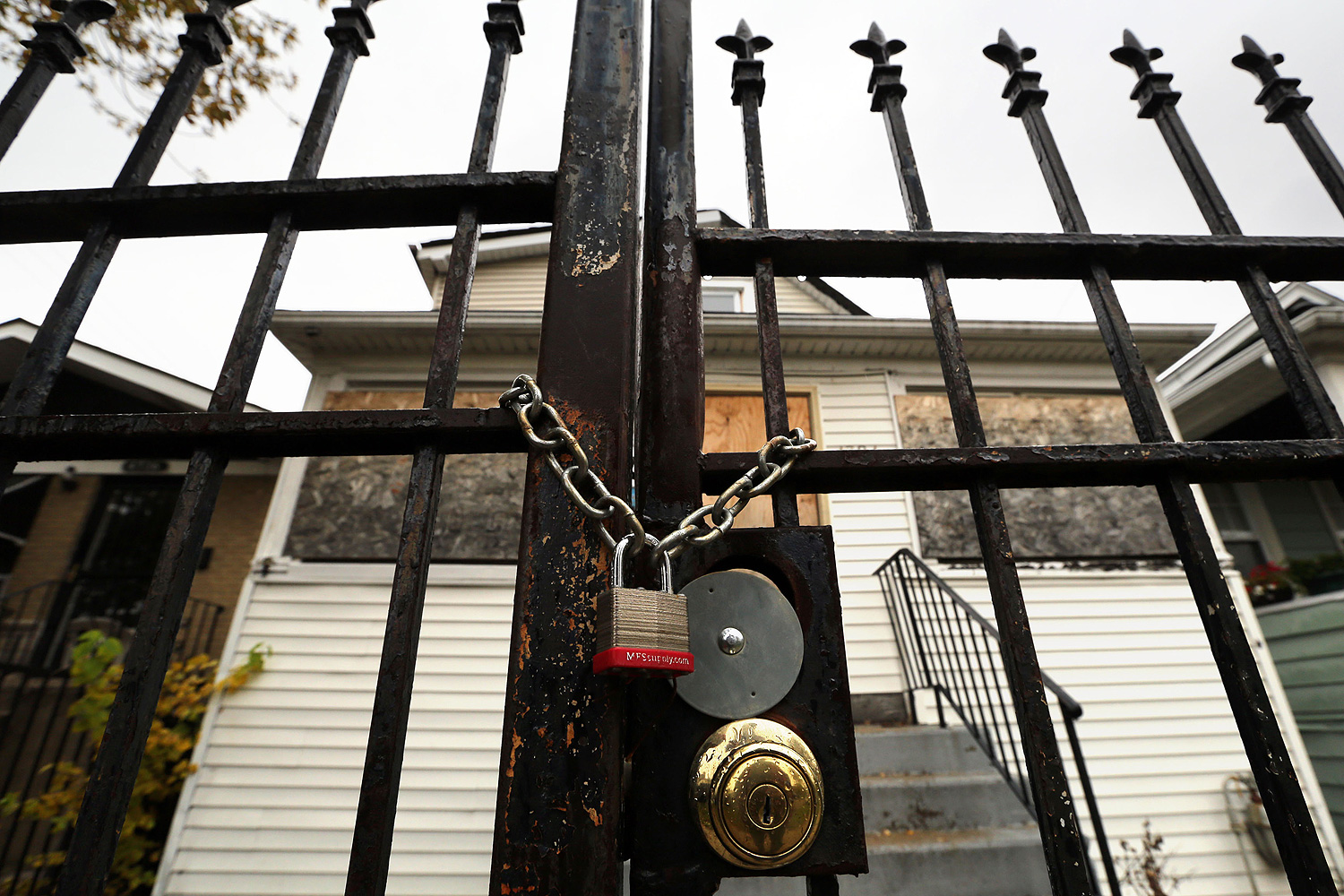Awhile back I interviewed University of Chicago professor Amir Sufi about his book with Princeton's Atif Mian, House of Debt. The gist of the book is that the massive amounts of household debt incurred during the housing bubble, and the consequent destruction of the wealth housing represented when it popped, were the primary causes of the financial crisis and the slump that keeps dogging us. And it went mostly unaddressed by policy as the secondary result of instability in the financial system was quickly remedied.
Afterwards, one of my colleagues asked, basically: "but… we know this, right?" My response was "well, some people realized it quite early, but not everyone, it's sort of more about how much we knew aligned with what the priorities were."
So she asked, "so what's the big deal about the book?" I responded something like "it's reiterating what we did and didn't know and its relationship to how that did and didn't turn into policy and #DIV/0!"
Anyway, since the book came out, it's done quite well, especially among economists who are better able to place it in the context of policy debates over debt—then and now. (The book's release was particularly well-timed, as it was immediately followed by Tim Geithner's econ-collapse memoir Stress Test.) And as Sufi told me at the time, the implications for the debt overhang that people fear now, student debt, are tremendous.
If there's a smoking gun, it comes from Geithner's book, as Sufi and Mian recently noted in the Washington Post, and it highlights where the conflict was over homeowner debt.
Geithner, using data from an associate secretary of economic policy, claims that a "'principal reduction' program of utopian proportions" would have only resulted in a 0.1-0.2 percent increase in annual personal consumption. Sufi and Mian think that's way off:
So what is Mr. Geithner’s assumed MPC out of housing wealth? Why does he get such a small effect? Using annual personal consumption expenditure (PCE) as his benchmark, he asserts that a $700 billion principal reduction would increase spending by only 0.1 to 0.2 percent of PCE. We will use the midpoint of 0.15 percent. PCE was $9800 billion ($9.8 trillion) in January of 2009. So some simple math shows that Geithner is assuming an MPC out of housing wealth of $0.02 per dollar, or 0.02.
Sufi and Mian argue that $0.02 is a surprisingly low estimate, no matter what, and furthermore, it doesn't represent the hardest-hit borrowers, those with underwater mortgages, whom they estimate would spend $0.18 cents of every dollar forgiven. Or: "Mr. Sufi and Mr. Mian found that for every $10,000 decline in home values, families with high debt burdens reduced spending on autos by $300, while families with low debt burdens reduced spending on autos by just $100."
What we knew was that household debt was a problem. What we didn't—collectively, at least—was how long it would continue to be a problem, and what the effects of trying to solve it will be. The upshot, at least, is knowing it now while facing up to the next debt crisis: student debt.
And student debt is intimately tied in with housing. The percentage of 30-year-olds with mortgages plummeted around 2008, as you'd expect. But the percentage of 30-year-olds with a mortgage and a student loan from ages 27-30 fell much faster than that of 30-year-olds with no student loan. Prior to 2011, those young adults with student loans were more likely to have a mortgage; now, they're slightly less likely.
It still makes economic sense to get a college degree; wages for college grads are higher, and so is employment. But those wage and employment premiums, rather than going to economically stimulating, typical middle-class purchases, are directed back towards the debt incurred to gain those premiums:
We’ve seen in recent years that that trend has reversed, that having student loan debt is no longer the marker of wealth, or expected wealth as it used to be. And instead it might actually be a barrier…. The growth in the college wage premium is almost fully explained by the decline in the real wages for non-college graduates. In other words tuition is going up, debt is going up, but in terms of wages for college graduates, we haven’t really seen an increase. And the combination of the two worries many people, not only in the financial industry but in the housing industry, the auto sector, and many other parts of the economy.
That's Rohit Chopra from the Consumer Financial Protection Bureau. He goes on to express surprise that many of the worst-off student-loan debtors, the seven million in default, haven't taken advantage of income-based repayment, much in the way that housing-debt amelioration programs reached nowhere near the number of households that were promised, and needed in order to be effective.
What we saw in the mortgage market was that the servicers, the companies that collect payments from borrowers, didn’t necessarily have the incentive to modify a mortgage. What may have been good for the investor, and may have been good for the borrower sometimes didn’t happen. And I’m very concerned that student loan servicers may not have that incentive to help a borrower avoid default.
And that's one of the clearest messages from House of Debt—the financial-services industry simply isn't incentivized, somewhat remarkably, to avoid disaster.
Now one debt problem, housing debt, is overlapping into another, student-loan debt, a double drag on the economy. But if there's a bright side, it's that the two crises are so close together that it's hard to forget the mistakes of the first one.



